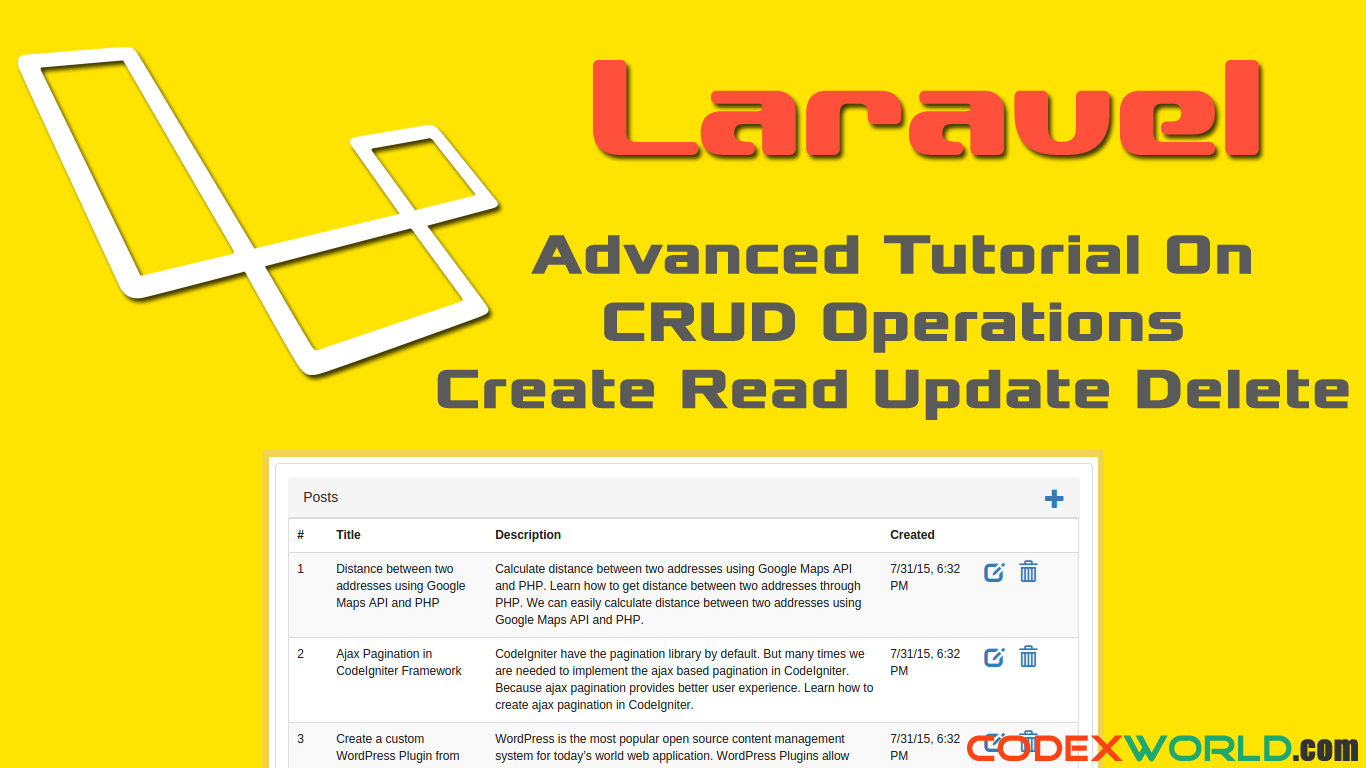

So, to get started, you should define which model attributes you want to make mass assignable. For example, a malicious user might send an is_admin parameter through an HTTP request, which is then mapped onto your model's create method, allowing the user to escalate themselves to an administrator. However, before doing so, you will need to specify either a fillable or guarded attribute on the model, as all Eloquent models protect against mass-assignment.Ī mass-assignment vulnerability occurs when a user passes an unexpected HTTP parameter through a request, and that parameter changes a column in your database you did not expect. The inserted model instance will be returned to you from the method. Eloquent Update Method return model Issue 13488 laravel/framework GitHub. You may also use the create method to save a new model in a single line. The update method expects an array of column and value pairs representing the columns that should be updated. The easiest way to create a model instance is using the make:model Artisan command: All Eloquent models extend Illuminate\Database\Eloquent\Model class. More Answer Laravel Eloquent - Update() function always return true Laravel 5.1 - Eloquent Relationships Update Function Laravel Eloquent Update Affected.
#Laravel eloquent update return value free
Models typically live in the app directory, but you are free to place them anywhere that can be auto-loaded according to your composer.json file. When you call the save method on a model, the first thing laravel does is fires a saving event and if it finds on your model (written by you), evaluates it and if something goes wrong and you. You could spend weeks binging, and still not get through all the content we have to offer.

Think of Laracasts sort of like Netflix, but for developers. Description, Run an update statement against. A massive community of programmers just like you. To get started, let's create an Eloquent model. query(string) query to execute in database bindings(array) values to bind with queries. For more information on configuring your database, check out the documentation. Models allow you to query for data in your tables, as well as insert new records into the table.īefore getting started, be sure to configure a database connection in config/database.php. Each database table has a corresponding "Model" which is used to interact with that table. The Eloquent ORM included with Laravel provides a beautiful, simple ActiveRecord implementation for working with your database.


 0 kommentar(er)
0 kommentar(er)
